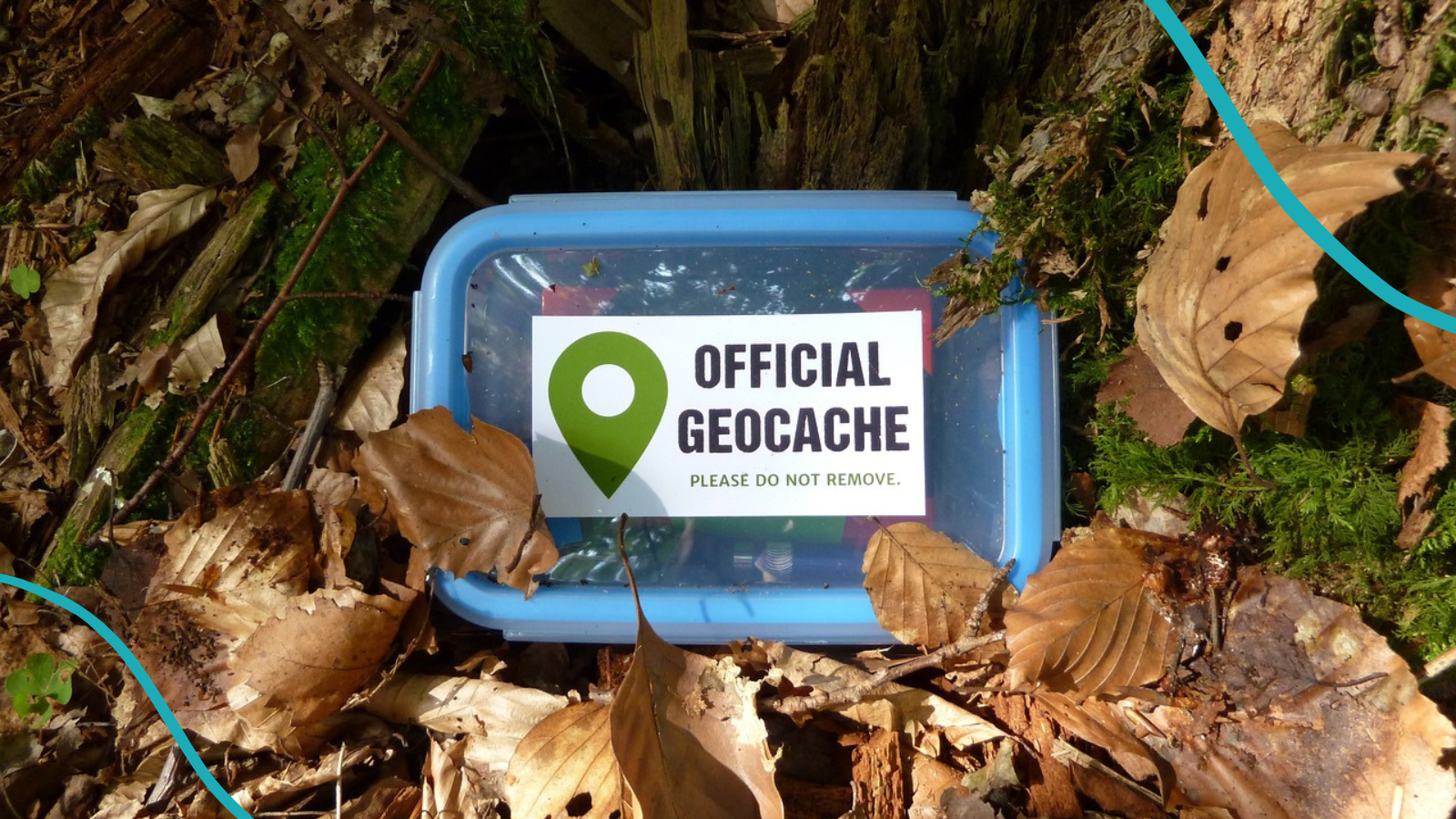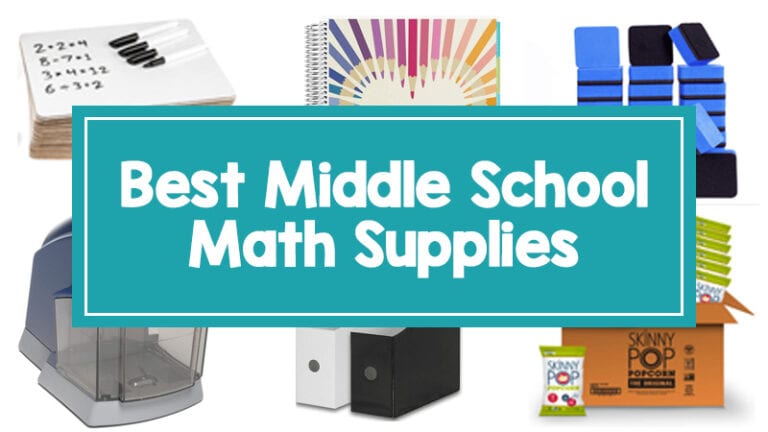August 19 is International Geocaching Day, making it a terrific time to learn all about this incredibly fun hobby! Geocaching is also a fantastic tool for teachers, who can use it to help kids develop an array of valuable skills. But what is geocaching exactly, and how does it work? We’ve got all the info and resources you need to share the adventure with your students.
What is geocaching?
Geocaching is basically like a big global treasure hunt. Someone hides a cache, then provides clues (usually online) to help others find it. These clues are a mix of map coordinates, given to get seekers to the right general area, and verbal hints to help them narrow down the location once they’re there. Since its start in 2000, this hobby has grown into a worldwide phenomenon, with more than 3 million registered caches available for seekers to find.
Visit the official Geocaching website for much more information.
What’s in a cache?
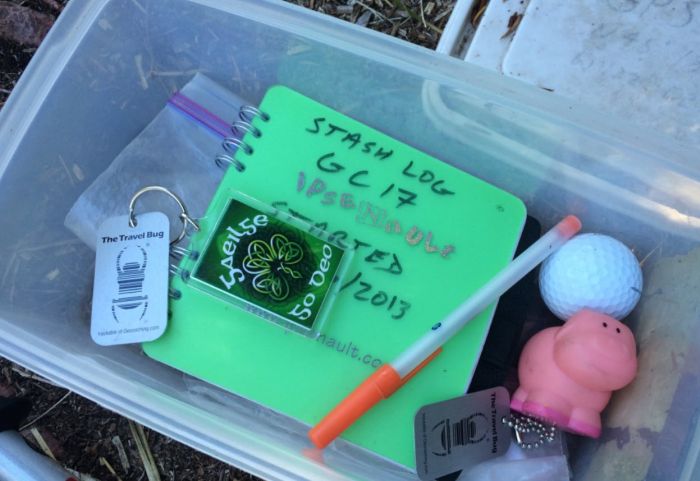
The Geocaching Junkie/What Is Geocaching? via thegeocachingjunkie.wordpress.com
The caches themselves are made up of several parts:
- Container: The waterproof container holds the cache itself. Sometimes it includes a lock that requires finders to solve a puzzle before they can open it.
- Logbook: Each person who finds a cache records their visit in the logbook. It can be fascinating to see who’s been there before you!
- Instructions: A good cache will include instructions for those who find it, such as what to include in the logbook or how to reset a locking mechanism. Responsible geocachers always follow these directions.
- Swag (optional): Many caches include small low-cost prizes for finders to take with them as a souvenir. These can be little toys or other trinkets, or tokens known as geocoins. They’re not worth much monetarily, but many geocachers build up big collections of their trophies. There’s a reciprocal rule too: If you take something from a cache, you should leave something behind as well.
- Trackable Tag (optional): Trackables are small tags that some geocachers leave behind. When another person finds it, they can take the tag with them and hide it in a new cache. You can look up past information about where the tracker has been, then register its new location using the official website.
Where are caches stashed?
Just about anywhere! Many of them are located in parks or other public property. All geocachers must get permission from the property owner or manager before hiding a cache. There can be more than one cache in an area, as long as they’re at least 0.1 mile apart.
Geocaches are never buried in the ground, but they’re almost always hidden in one way or another. This means you’ll need to use your detective skills to find them, but you won’t need to worry about digging.
Geocachers as a group are very respectful of the environment and resident wildlife. They won’t hide a cache in a way that might disturb or damage anything, so bear that in mind while you’re seeking.
Learn more about geocache hiding guidelines here.
Do you need special geocaching supplies?
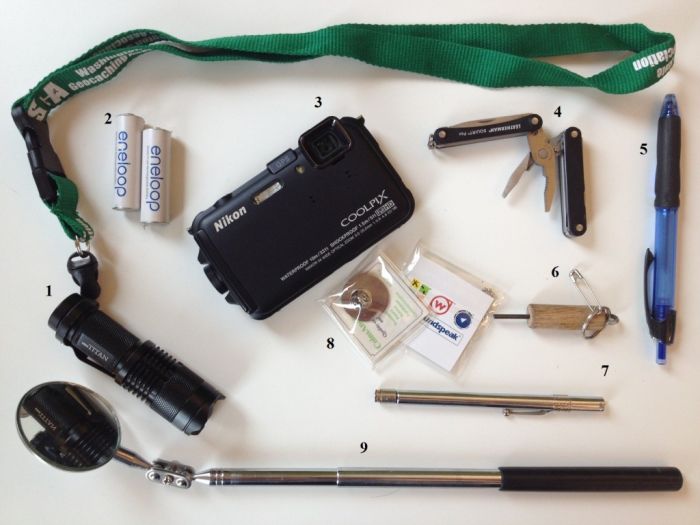
Geocaching/9 Geocaching Tools via geocaching.com
When you’re on the hunt for a geocache, you will need a few basic supplies.
- GPS device or mobile phone: Most phones these days include map apps that you can use to enter the coordinates of a given geocache. However, some caches may be hidden in areas where you won’t be able to pick up a cell signal. In that case, fervent geocachers use GPS devices that don’t require a cellular connection. Beginner geocachers should find their mobile phone apps work just fine, though. Plus, you’ll need one to use the Geocaching app.
- Waterproof pen or pencil and paper: Not all caches include these, and you’ll need one to write your entry in the logbook. It can also be handy to have some paper in case you need to make notes as you follow the clues.
- Swag: Many caches include small prizes for finders. Geocaching etiquette says that if you take something from the cache, you should leave a prize of your own in exchange. Lots of geocachers make personalized swag items to share with others.
- Flashlight: Since caches and clues are often hidden away, a flashlight can be helpful. (Remember that most mobile phones have built-in flashlights these days.)
Discover more recommended geocaching supplies here.
What skills does geocaching teach?
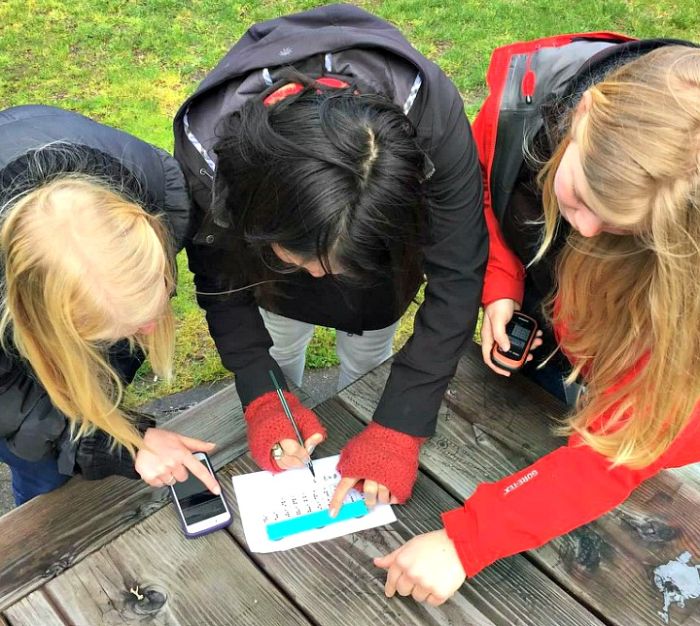
Geocaching/10 Tips for Newbies via geocaching.com
Like many hobbies, geocaching uses a lot of valuable skills, which makes it a terrific learning tool. Here are some of the benefits of geocaching with kids:
- Map skills: Geocaching uses coordinates (latitude and longitude) to get trackers to the right general area. You can teach kids how to find these on a traditional map, or show them how to enter (and find) coordinates on a map app. Plus, many clues involve cardinal directions (“head northwest to the tallest hill”), giving kids more map practice.
- Following directions: Each cache has a series of clues to help you find it. You’ll need to read them carefully to ensure you’re on the right path, and follow them closely.
- Critical thinking: Many cache hints include puzzles to solve along the way, encouraging lots of critical thinking.
- Attention to detail: Finding a well-hidden cache means paying close attention to the landscape. This is a great way to build deductive reasoning skills too.
- Love of nature: Geocaches are found outside, often in places of natural beauty. Locating them safely means being respectful of the environment, wildlife, and other people.
- Geography and culture: Trackables offer a fantastic way to explore the world! By checking out the journey of a tracking tag, kids can make virtual visits to all the places it’s been.
- Cooperation: Though some people go geocaching alone, it’s often easier (and a lot more fun) in groups. That makes geocaching a really fantastic class activity.
How can teachers get started with geocaching?
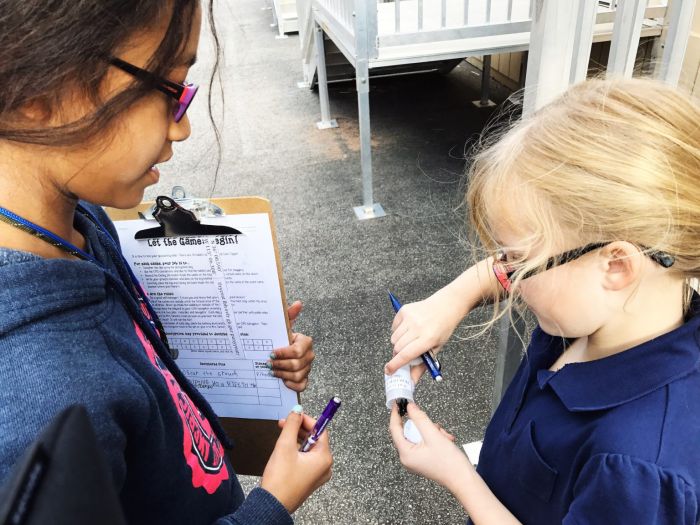
Simon Says School/Geocaching in the Classroom via simon-says-school.com
Ready to give this a try with your students? Use these ideas to learn more about geocaching yourself, then get your kids in on the fun.
Go geocaching on your own first
Step one: Experience geocaching for yourself. Sign up for an account at Geocaching.com, then head out to explore some caches in your area. Get a feel for how the whole process works so you’ll be able to share tips, as well as the dos and don’ts, with your students.
Find everything you need to get started with geocaching here.
Introduce the concept with low-tech/no-tech geocaching
Especially with younger students, it’s a good idea to introduce the idea without using much technology. Choose a hiding spot around the school, then draw a basic map that uses grid lines. Give students a set of coordinates to take them to a general spot on the map (playground, soccer field, etc.).
Next, write a series of clues to help them narrow down and locate the cache you’ve hidden. (Tip: Exploring geocaches on your own first will help you write the right sort of clues.) Have them work in small groups to find the prize!
Learn more about low-tech geocaching for kids here.
Hide your own personal caches on school property for your students only
When you’re ready to bring technology into the game, you’ll need either GPS devices or mobile devices with a map app installed. (Tablets can be a terrific option for this, if your students have them.)
Choose some hiding spots around campus, and secrete a few different caches. (Don’t register these with the official site, though. These are just for your students.) Put kids into groups and provide each one with starting coordinates and a list of clues. Show them how to complete the logbook when they find a cache, and include some fun swag for the finders!
Read more about using geocaching in the classroom here.
Introduce older students to public geocaching
By middle and high school, you can start using official geocaching sites with your students. Take a field trip to a local site with multiple geocaches, then let your students work in groups to see how many they can find. Be sure they follow good geocaching etiquette!
If any of the caches include trackables, bring them back to the classroom to explore their journeys! Just be sure to hide the trackables in a new location within a couple of weeks.
Meet one teacher who loves to use geocaching with his students.
Create and hide a geocache for your class to monitor
Work with your class to create your own public cache! Let kids brainstorm places they can hide it and what should go into it. Work together to formulate your list of clues, then register your cache for the world to find. Remember that being a cache owner requires regular maintenance; set up a schedule for different class members to check on the cache and restock as needed. They can report back on any new log entries too.
Here’s how to create and hide an official geocache.
Have you ever tried geocaching with your students? Come share your experiences in the WeAreTeachers HELPLINE group on Facebook.
Plus, 20 More Hands-On Ways for Kids to Learn Map Skills!
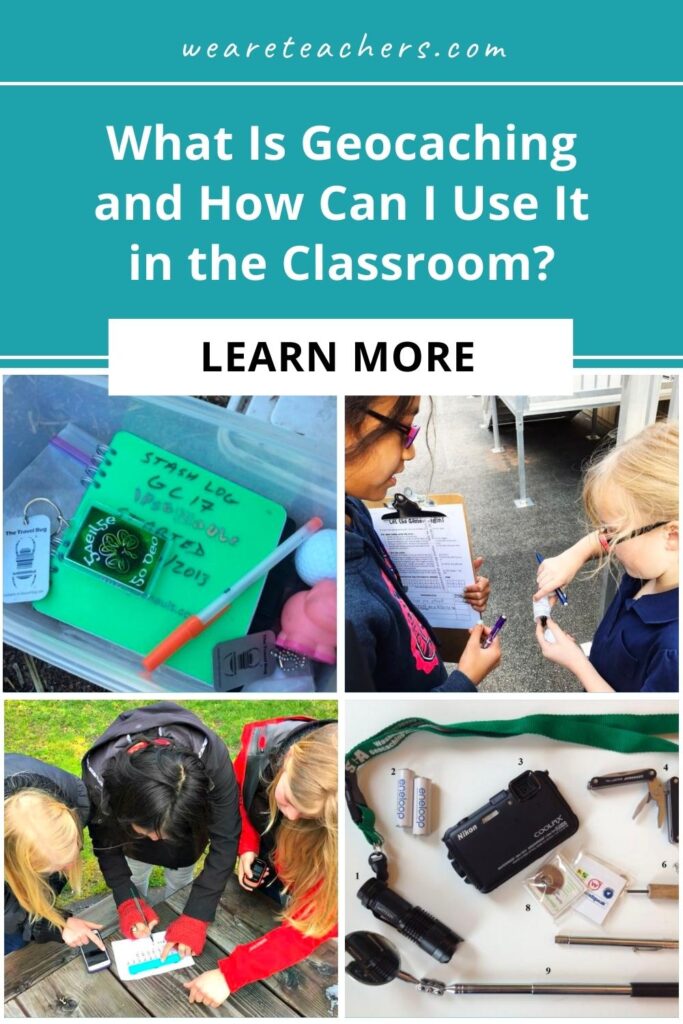
WeAreTeachers
